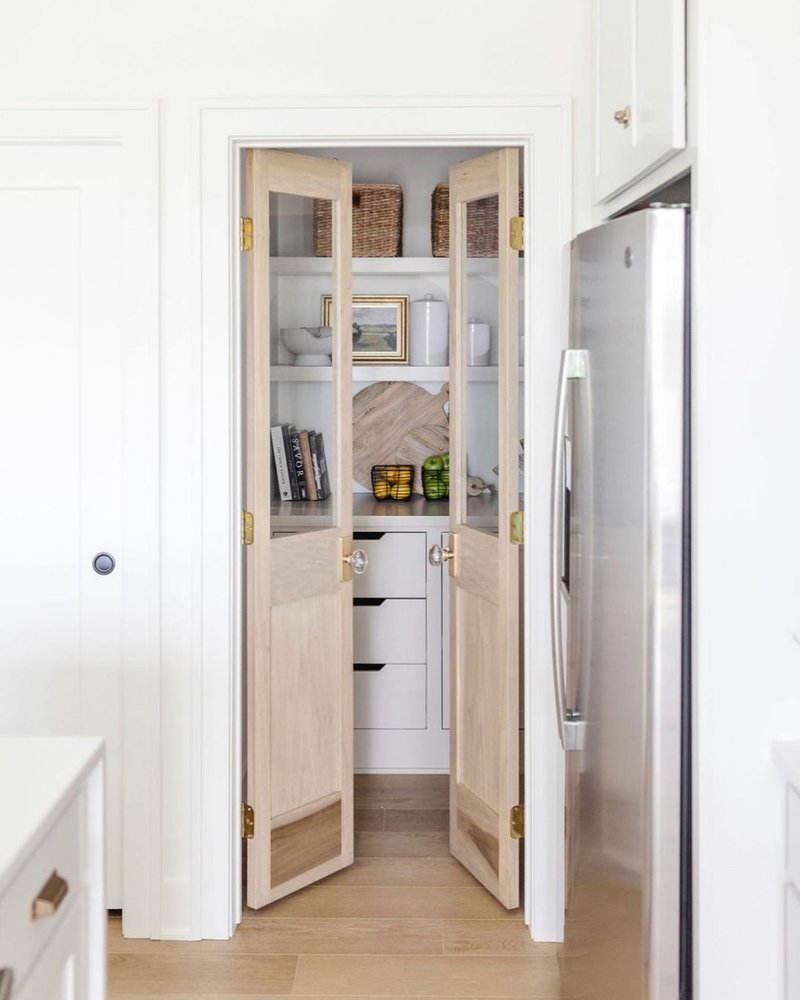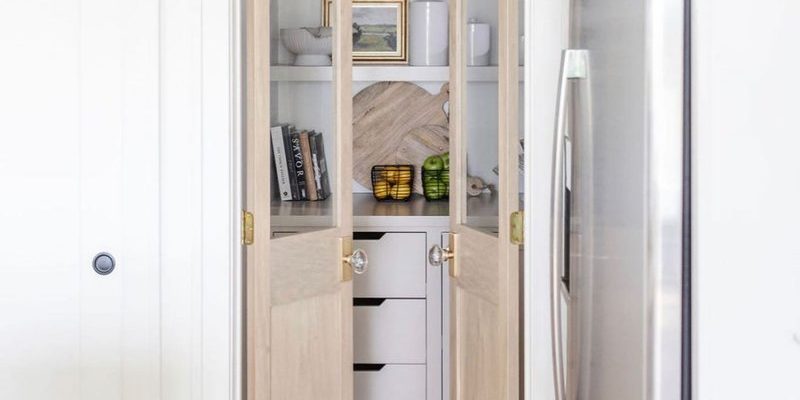
Your pantry is more than just a storage space; it’s where culinary magic happens. Whether you’re reaching for that bag of flour or a can of tomatoes, the last thing you want is hardware that feels clunky or breaks down easily. The right hardware should not only enhance accessibility but also complement the style of your space. Let me explain how to navigate this process effectively, so you get it right the first time.
Understanding Different Types of Hardware
Choosing pantry door hardware starts with understanding the types available. Not all hardware is created equally, and different styles suit different needs. The most common types include:
- Hinges: These come in various styles, including concealed, pivot, and continuous hinges. Each type offers a unique way to swing or slide your door.
- Handles and knobs: From sleek modern designs to vintage options, the right handle can really stand out or blend in, depending on your preferences.
- Locks: If security is a concern, consider adding locks. These can be simple latch locks or more complex locking systems.
Each type of hardware serves a specific function. For instance, concealed hinges are great for a clean, modern look, while continuous hinges offer stability for heavier doors. You might be wondering how to balance style and functionality. Here’s the thing: prioritize what’s most important for your pantry. If ease of access is key, opt for handles that feel comfortable in your hand.
Considering Door Weight and Size
The weight and size of your pantry door should directly influence your hardware choice. A heavier door demands sturdier hardware to ensure it operates smoothly. If you’re installing a solid wood door, for example, you’ll want strong hinges that can withstand the weight without sagging over time.
Additionally, the size of the door affects the type of handle and lock you can use. A wider door might benefit from a long pull handle for better grip, while a smaller door might look best with a simple knob. Think about how often you’ll use the door, too. If it gets daily action, ensure your hardware can handle frequent use without wearing down.
Matching Your Home’s Aesthetic
Your pantry door hardware should reflect the overall style of your home. Are you going for a rustic farmhouse vibe or sleek modern aesthetics? Let’s break down a few styles:
- Farmhouse: Opt for wrought iron or vintage-style handles.
- Modern: Choose sleek, minimalist hardware in matte black or brushed nickel.
- Traditional: Look for ornate handles or beautiful wooden knobs.
Honestly, the right hardware can be a statement piece, enhancing the decor of your kitchen. However, avoid mixing too many styles; stick to one theme for a cohesive look. You might feel tempted to choose what catches your eye, but remember that the hardware should complement your kitchen’s overall design.
Functionality and Ease of Use
Functionality is key when selecting hardware for pantry doors. You want to ensure it is easy to operate, especially when your hands are full. For example, a push-to-open mechanism could be a convenient option if you frequently find yourself juggling groceries.
Think about the height and placement of handles as well. If you’re short on space, consider hardware that allows the door to open fully without damaging surrounding cabinetry. You might also want to factor in ease of cleaning—smooth surfaces often mean less grime build-up.
Durability and Material Choice
When choosing pantry door hardware, don’t overlook the material. Some materials are more durable than others, especially in a busy kitchen environment. Popular materials include:
- Stainless Steel: Great for resisting rust and wear.
- Brass: Adds a touch of elegance, though it may require more upkeep.
- Zinc Alloy: Affordable and sturdy, perfect for everyday use.
Let’s be honest, investing in durable hardware means fewer headaches down the line. You wouldn’t want to replace a broken handle after just a few months of use, right? Opting for high-quality materials can ensure longevity and preserve your pantry’s charming appearance.
Budgeting for Your Hardware
Budgeting is often a necessary evil in any home project. You don’t want to overspend, but you also need hardware that works well. Start by looking at the prices of different types of hardware in stores and online.
Here’s a quick breakdown of potential costs:
- Basic hinges: $5 – $15 each
- Handles and knobs: $2 – $50 each depending on the design
- Locks: $10 – $40 for quality options
Setting a budget can help narrow your choices without compromising quality. It’s worth investing a little more in hardware that suits your needs and style. You might be surprised at how much a small investment can enhance both function and looks.
Installation Tips for Your Hardware
Installing pantry door hardware can seem daunting, but it doesn’t have to be. Here’s a simple step-by-step guide to help you along:
1. Gather tools: You’ll need a drill, screwdriver, level, and measuring tape.
2. Position the hardware: Use a level to ensure everything is aligned correctly before securing.
3. Drill pilot holes: This will make it easier to install without damaging the wood.
4. Attach the hardware: Use screws provided with your hardware for secure installation.
5. Test the door: Before you finish, make sure everything operates smoothly.
If you’re unsure about installation, don’t hesitate to ask for help or consult online tutorials. Getting it right will save you time and frustration later on.
In conclusion, choosing the right hardware for pantry doors is an important decision that impacts both functionality and style. By considering the different types of hardware, the size and weight of your doors, the overall aesthetic of your home, and your budget, you can find the perfect fit. Remember, the right choice not only enhances your pantry’s look but also makes everyday tasks more efficient. So, take your time, do your research, and enjoy the process of designing your space!
